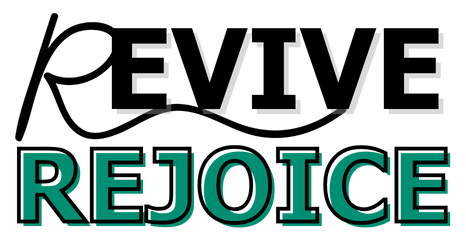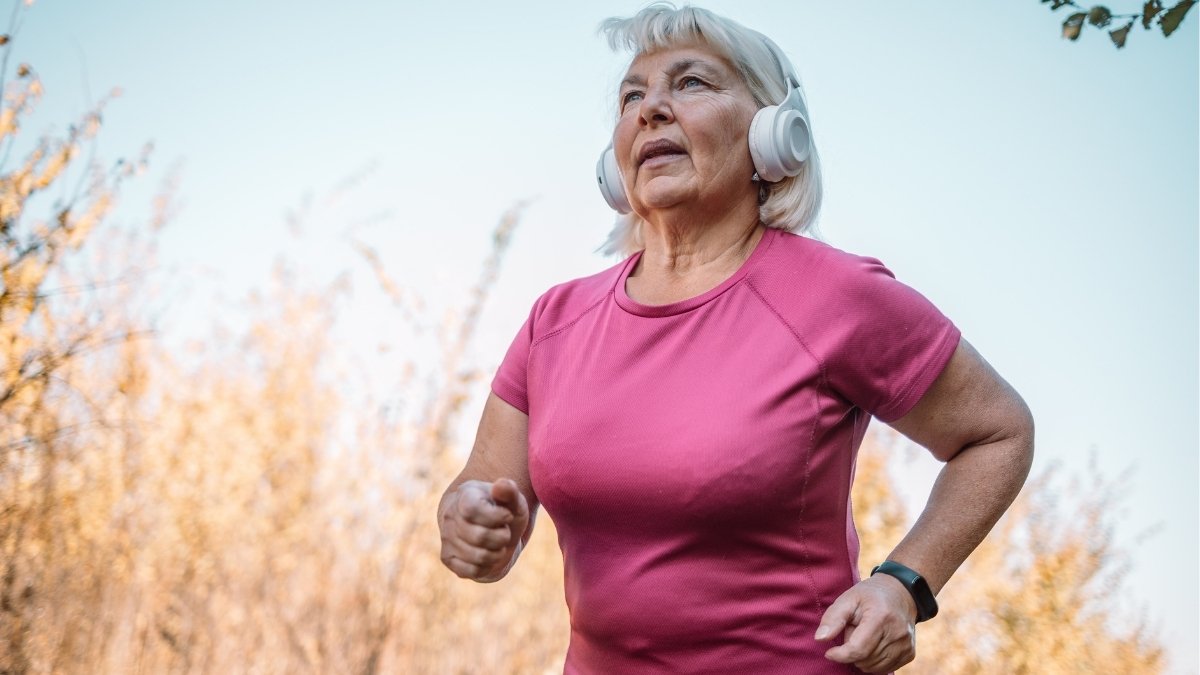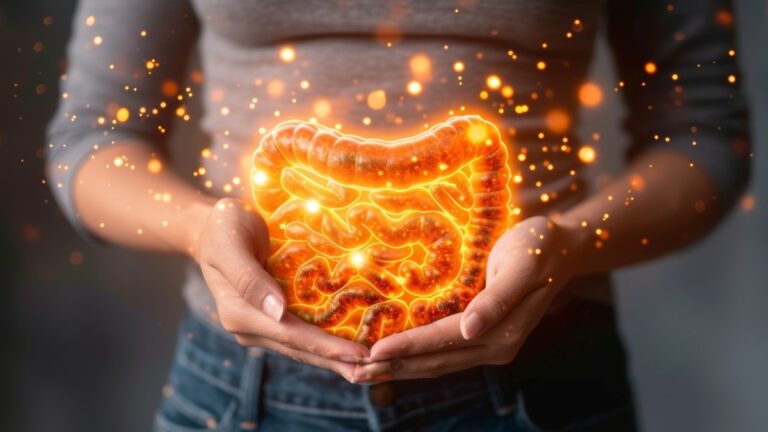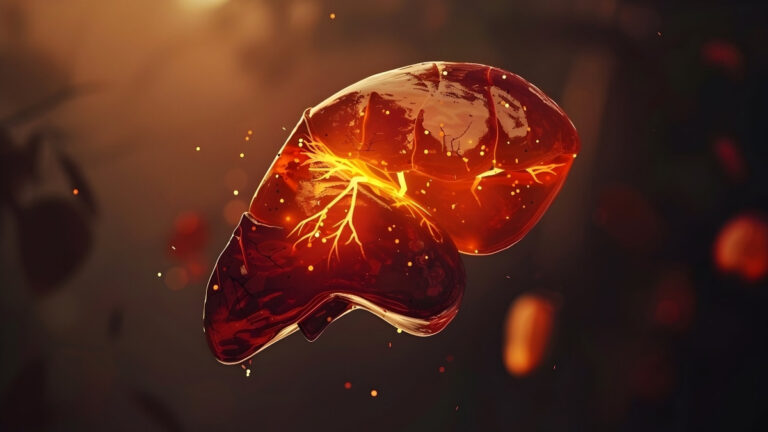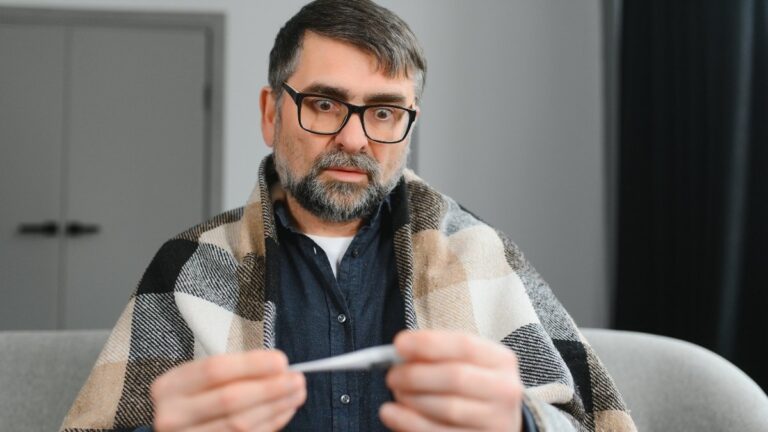Stop Dieting! Seniors Are Using This ‘Food Freedom’ Hack to Drop Lbs Without Counting Calories
If you’re over 65 and tired of confusing diet advice that doesn’t work for your changing body, you’re not alone. While older adults score highest in diet quality (63 out of 100), there’s still significant room for improvement.
Many seniors struggle with muscle loss, fatigue, and decreased independence without realizing their nutrition needs have fundamentally changed.
This guide reveals why your nutritional needs after 65 are different based on current science, introduces a proven two-meal-a-day framework backed by research, identifies specific foods that prevent muscle loss and boost energy, and shares simple hydration strategies that actually work for aging bodies.
Senior Nutrition Framework: 4 Key Changes After 65
The Metabolism Reality Check 💡
Your body’s nutritional rules changed. Ignoring these shifts can lead to fatigue, muscle loss, and decreased independence. Success lies in focusing on **nutrients, not just calories**.
- **Old Rule:** Calories In = Calories Out.
- **New Rule:** Less food, but *more* nutrients packed in!
Muscle Maintenance: Protein Requirements 💪
Your muscles need extra motivation to stay strong now. You need more protein than younger adults because your body loses muscle faster and utilizes protein less efficiently.
- **Target:** 1.0–1.2 grams of protein per kilogram of body weight daily.
- **Example:** A 150-pound (68 kg) person needs **68-82 grams** daily.
- **Strategy:** Spread your protein intake across two solid meals (aim for 25-30g per meal).
Vitamins & Minerals: Filling the Gaps 💊
Your body absorbs key nutrients less efficiently as you age, making targeted intake crucial. Supplementation often helps close these gaps.
- **Vitamin D:** **800 IU** daily (essential for bone strength and fall prevention).
- **Calcium:** **1,200 mg** daily (for women over 51 & everyone over 71).
- **Vitamin B12:** **2.5 micrograms** daily (critical, as many seniors can’t absorb it well from food).
The Thirst Signal Failure 💧
The scary truth: Your body’s thirst mechanism weakens with age. By the time you feel thirsty, you’re already behind. Dehydration causes confusion, falls, and constipation.
- **Target:** Men need 13 cups of fluid; Women need 9 cups (includes all fluids/water-rich foods).
- **Simple Hack:** Take 3–4 small sips of water every hour, or drink a full glass when you take medication.
Why Your Old Diet Rules Don't Work After 65
Your body at 70 isn't the same as your body at 30. That's not bad news. It's just biology.
Here's what changed:
Your body holds less water now. You also don't feel thirsty like you used to. This means you can get dehydrated without even knowing it.
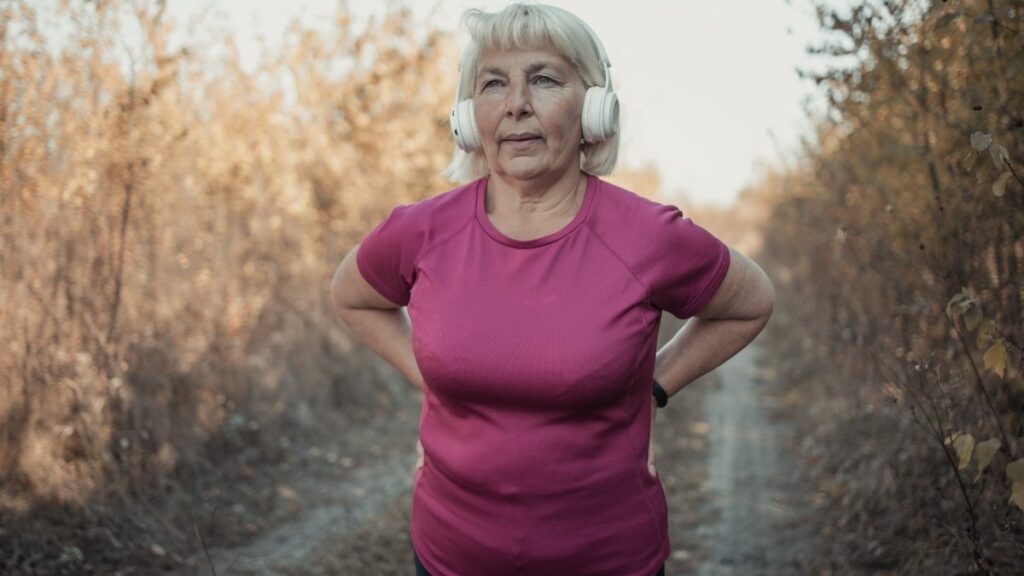
Your muscles need more protein to stay strong. When you were younger, a little protein went a long way. Now? Your body needs more to build the same amount of muscle.
You need fewer calories but more nutrients. Think of it like this: you have a smaller gas tank, but you need higher-quality fuel.
Your body doesn't absorb vitamins and minerals as well anymore. Your digestive system works differently. Some medications make this even worse.
The numbers tell the story:
More than 40% of adults have low vitamin D. It's even worse in older people.
Between 3% and 43% of seniors don't have enough vitamin B12.
The Metabolism Reality Check:
Your metabolism slows down 2-8% every decade after 30. A 70-year-old needs about 500 fewer calories each day than they did at 30. But you need MORE protein, vitamin D, and B12 to keep your muscles strong.
That's the challenge. Less food, but more nutrients packed into it.
What Your Body Actually Needs After 65 (Science-Backed)
Let's talk numbers. Real ones that matter for your health.
Protein Requirements
You need 1.0-1.2 grams of protein for every kilogram you weigh. That's more than younger adults need.
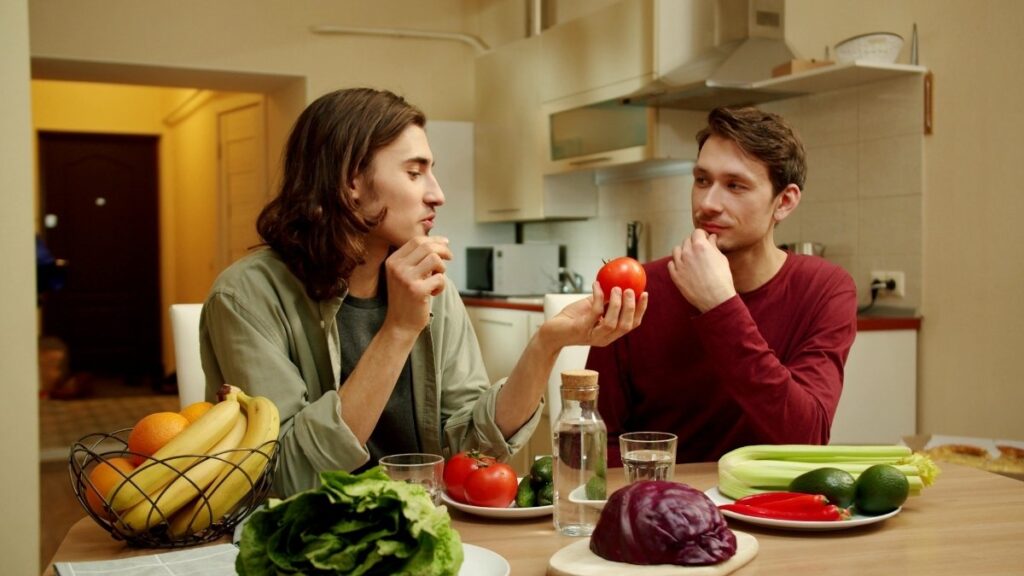
Why? Two reasons. First, your muscles don't respond to protein as well as they used to. Second, you lose muscle faster as you age.
Here's what that looks like in real life:
If you weigh 150 pounds (68 kg), you need 68-82 grams of protein daily. If you weigh 180 pounds (82 kg), you need 82-98 grams daily.
Spread it out. Your muscles work better when you eat protein throughout the day, not all at once.
Critical Vitamins & Minerals
Vitamin D: You need 800 IU every day if you're over 71. This helps your bones stay strong and prevents falls.
Calcium: Women over 51 and everyone over 71 needs 1,200 mg daily. That's about 4 cups of milk worth. But you can get it from other foods too.
Vitamin B12: Aim for 2.5 micrograms daily. Your blood levels should be between 300-350 pg/mL. Many seniors can't absorb B12 from food anymore. Supplements help.
Hydration Needs
Men need 13 cups of fluids daily. Women need 9 cups.
That sounds like a lot. But it includes all fluids: water, coffee, tea, soup, and water from foods like fruit.
Why Two Nutritious Meals Beat Three Average Ones
This might surprise you. But eating two solid meals often works better than three rushed ones.
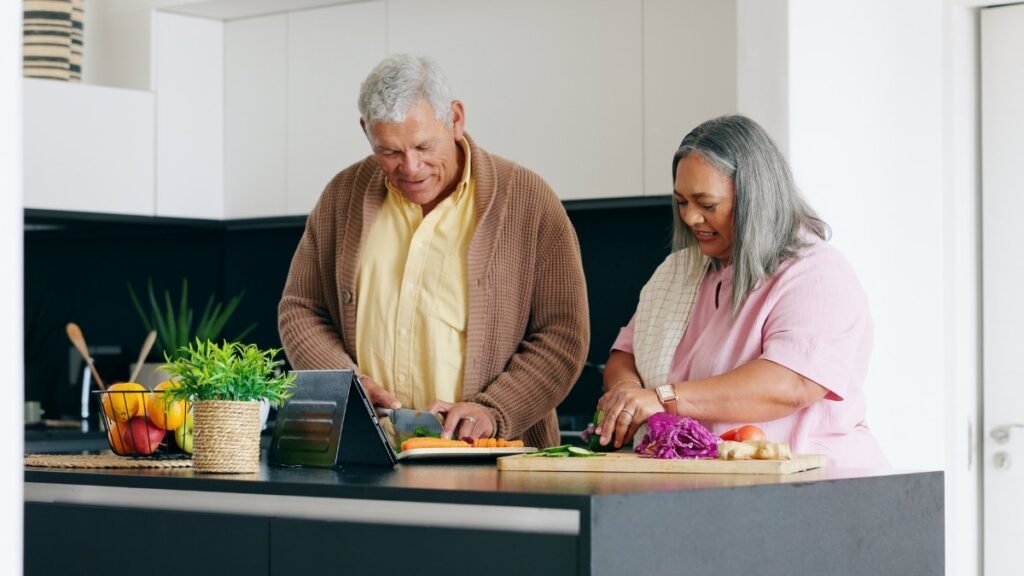
Here's why:
Quality beats quantity. When you focus on two meals, you can make each one count. More protein. More vegetables. Better nutrients.
Your brain gets tired. Deciding what to eat three times daily is exhausting. Two meals mean fewer decisions.
It's easier to hit your protein goal. You need 25-30 grams of protein at each meal. That's easier with two big meals than three small ones.
Timing matters more than you think. Research shows that when you eat affects your health. People who eat breakfast late have more health problems and higher death rates.
Eating within a consistent window each day helps your body work better.
The Breakfast Window:
Eat your first meal within 1-2 hours of waking up. This starts your metabolism and helps build muscle. People who delay breakfast face more health challenges.
Don't skip it. Even if you're not hungry.
10 Powerhouse Breakfast Options (With Protein Counts)
Every breakfast here gives you what your body needs: protein, vitamins, and energy.
1. Smoothie with Spinach, Fruit, and Yogurt
Protein: 15-20g
Blend 1 cup Greek yogurt, 1 cup spinach, 1 banana, ½ cup berries, and a splash of milk.
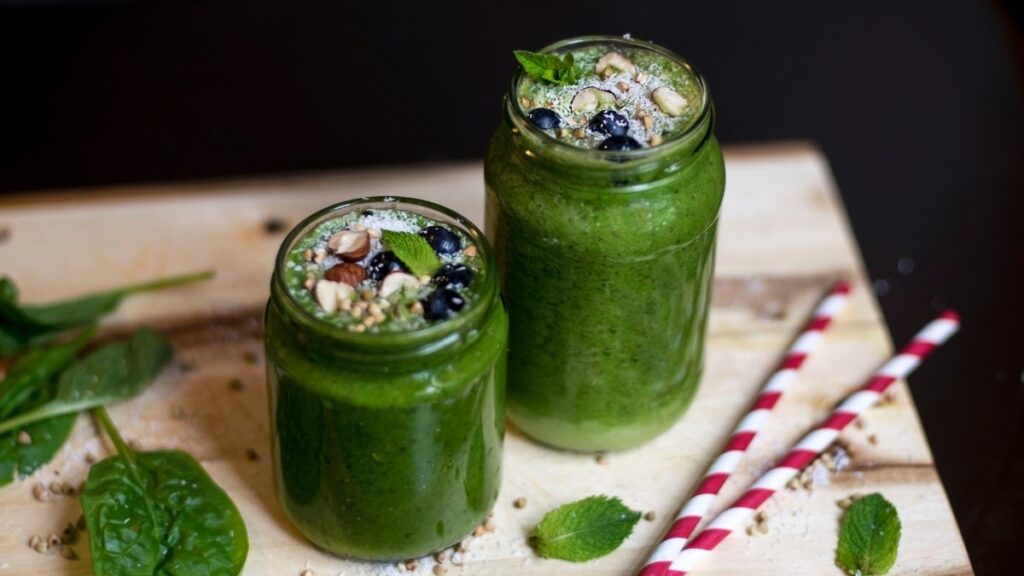
Why it works: Easy to swallow. Packed with calcium from yogurt. The spinach adds iron and folate. Your body absorbs everything quickly.
Prep time: 5 minutes
Boost it: Add 2 tablespoons of hemp seeds for 10 more grams of protein.
2. Vegetable Omelet with Whole-Grain Toast
Protein: 18-25g
Three eggs scrambled with peppers, onions, and mushrooms. Serve with one slice of whole-grain toast.
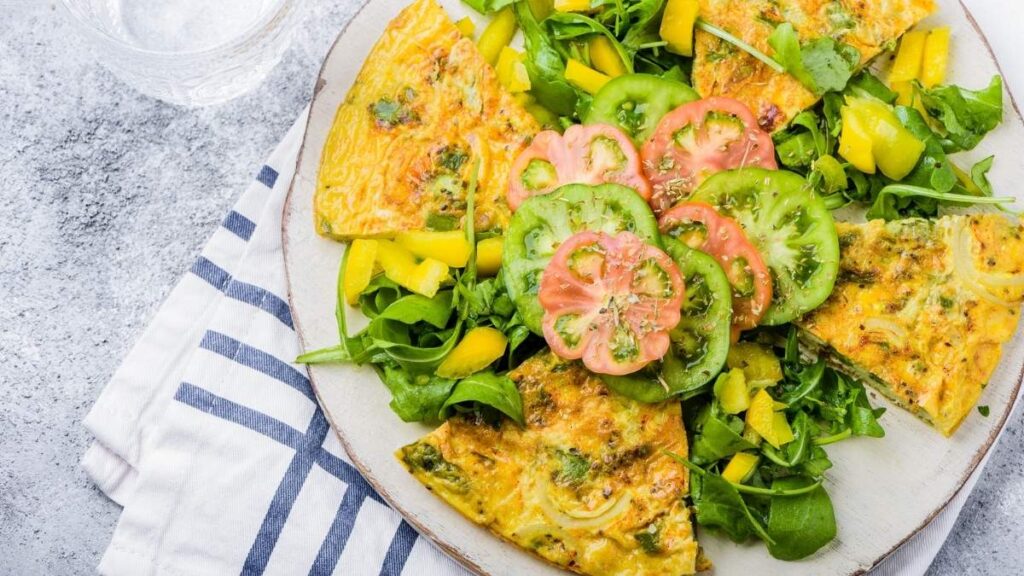
Why it works: Eggs give you protein and vitamin B12. The vegetables add fiber and vitamins. Whole grains help your digestion.
Prep time: 10 minutes
Special benefit: Eggs are soft and easy to chew. Perfect if you have dental issues.
3. Avocado Breakfast Bruschetta
Protein: 8-12g
Mash half an avocado on whole-grain toast. Top with a sliced hard-boiled egg and cherry tomatoes.
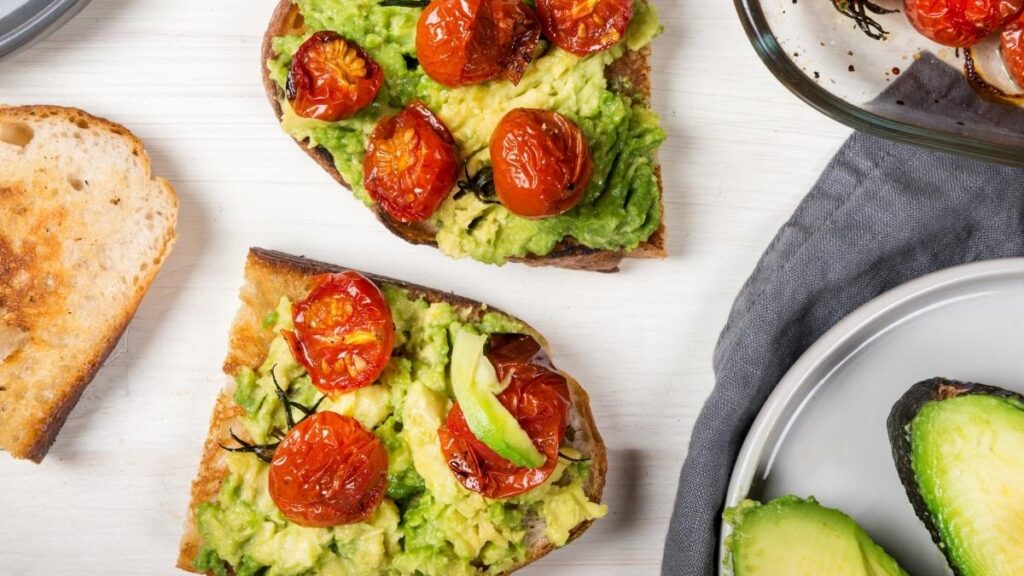
Why it works: Avocados have healthy fats that help your heart. The egg adds protein. Tomatoes give you vitamin C.
Prep time: 5 minutes (if egg is pre-cooked)
Boost it: Add a side of Greek yogurt to reach 20+ grams of protein.
4. Banana Split Oatmeal
Protein: 12-18g
Cook ½ cup oats with milk instead of water. Top with sliced banana, 2 tablespoons of walnuts, and 2 tablespoons of Greek yogurt.
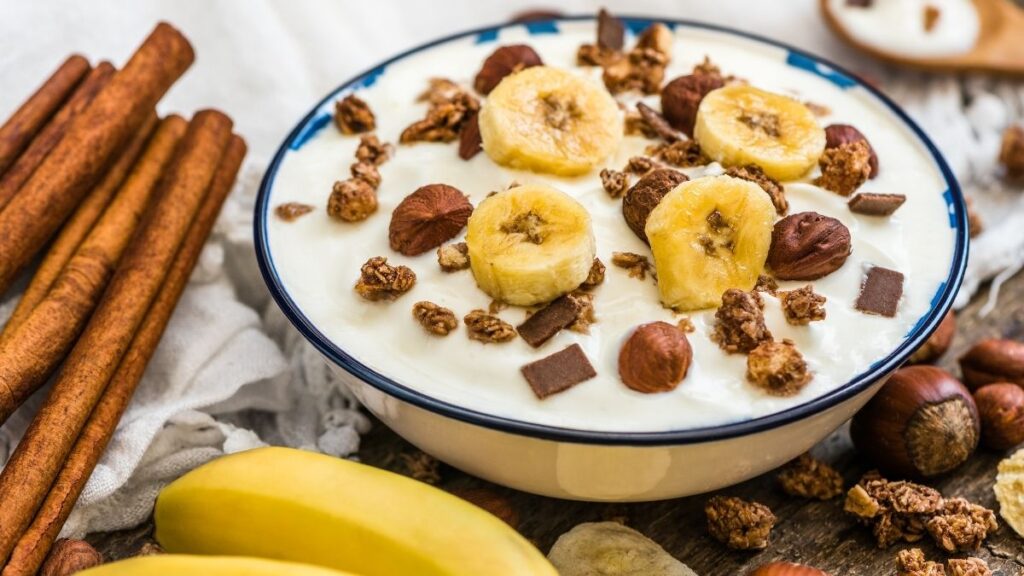
Why it works: Oats lower cholesterol. Walnuts protect your brain. The milk and yogurt add calcium and protein.
Prep time: 10 minutes
Special benefit: Warm and soft. Easy on your stomach.
5. Eggs Over Kale and Sweet Potato Grits
Protein: 20-25g
Sauté kale in olive oil. Cook sweet potato grits according to package directions. Top with two fried eggs.

Why it works: Sweet potatoes are loaded with vitamin A for your eyes. Kale gives you calcium and vitamin K for strong bones. Eggs deliver complete protein.
Prep time: 15 minutes
Special benefit: The combination keeps you full for hours.
6. Chicken, Tomato, Avocado Sandwich on Whole-Grain Bread
Protein: 25-30g
Layer 3 ounces of sliced chicken breast, tomato slices, and ¼ avocado on toasted whole-grain bread.
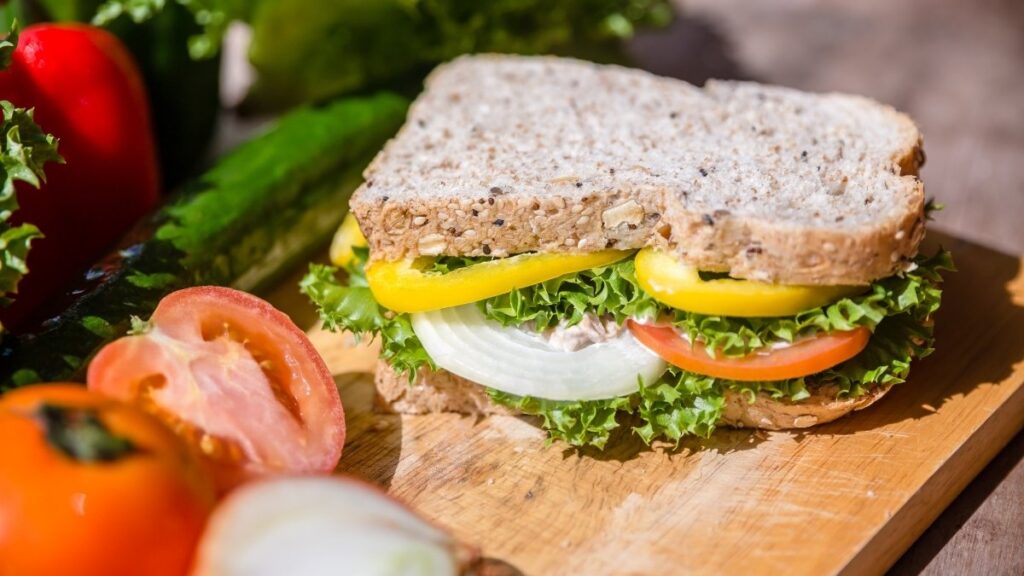
Why it works: Chicken is lean protein. Avocado has heart-healthy fats. Tomatoes contain lycopene, which protects your cells.
Prep time: 5 minutes (with pre-cooked chicken)
Make it easier: Use rotisserie chicken from the store.
7. Quinoa with Stir-Fried Vegetables
Protein: 15-20g
Cook ½ cup quinoa. Stir-fry mixed vegetables (peppers, broccoli, carrots) in a little olive oil. Mix together and top with a fried egg.

Why it works: Quinoa is a complete protein with all essential amino acids. Vegetables add fiber and vitamins. The egg pushes protein even higher.
Prep time: 20 minutes
Boost it: Sprinkle with 2 tablespoons of sunflower seeds for extra protein and vitamin E.
8. Apple Coleslaw (Protein-Boosted Version)
Protein: 15-18g
Shred cabbage and apple. Mix with a dressing made from Greek yogurt, lemon juice, and a touch of honey. Add ½ cup of chickpeas and 2 tablespoons of sliced almonds.
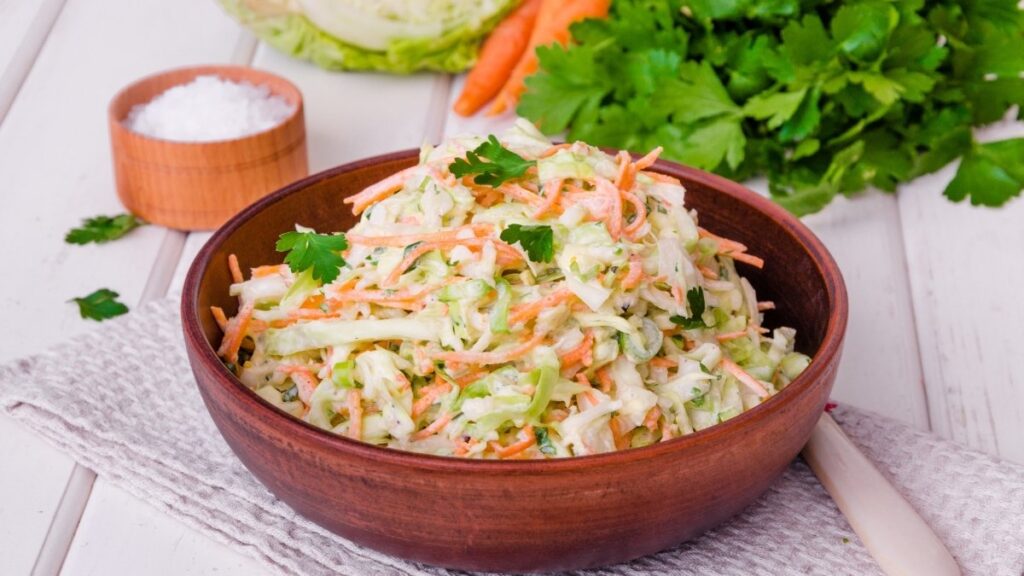
Why it works: The original recipe doesn't have enough protein. Adding chickpeas and almonds fixes that. Cabbage helps digestion. Apples add fiber.
Prep time: 10 minutes
Special benefit: Crunchy but easy to eat. Great for jaw strength.
9. Black Bean and Sweet Potato Quesadillas
Protein: 18-22g
Mash ½ cup black beans with cubed roasted sweet potato. Spread on a whole-wheat tortilla with ¼ cup shredded cheese. Fold and cook in a pan until crispy.
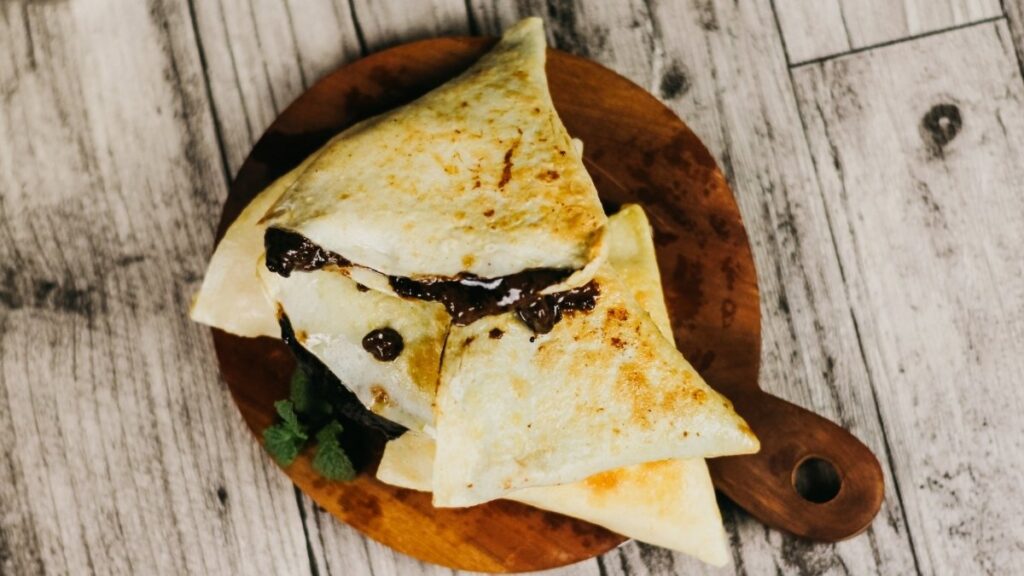
Why it works: Black beans are protein and fiber powerhouses. Sweet potatoes give you beta-carotene. Cheese adds calcium.
Prep time: 15 minutes
Make ahead: Roast sweet potatoes on Sunday for the whole week.
10. Sancocho Tuna Salad
Protein: 25-30g
Mix one can of tuna (drained) with diced vegetables (tomatoes, onions, peppers), lime juice, and a little olive oil. Serve over mixed greens or in a whole-grain pita.
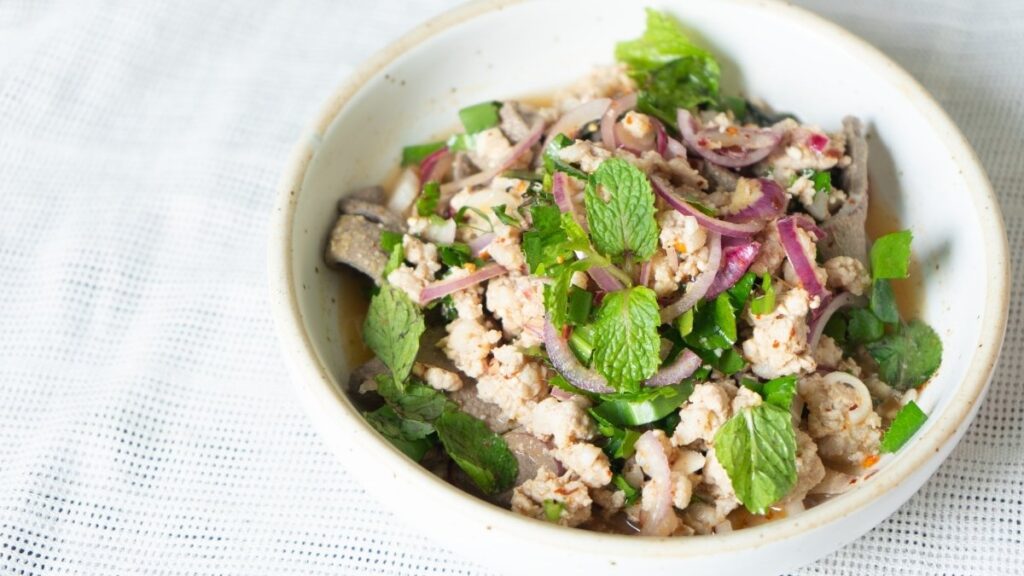
Why it works: Tuna provides lean protein and omega-3 fats for your brain and heart. The vegetables add vitamins. It's refreshing and filling.
Prep time: 10 minutes
Special benefit: No cooking required. Perfect for hot days.
The Protein Boost Strategy:
If any meal has less than 20 grams of protein, add one of these:
- ½ cup Greek yogurt (15g)
- One hard-boiled egg (6g)
- 2 tablespoons hemp seeds (10g)
Your muscles need at least 20 grams to start building new tissue.
10 Satisfying Lunch Options (Nutrient-Dense & Easy)
These lunches keep you full and give your body what it needs to stay strong.
1. Chicken, Tomato, Avocado Sandwich on Whole-Grain Bread
Protein: 25-30g
Same as breakfast option #6, but worth repeating because it's that good.
Layer 3 ounces of chicken breast, fresh tomato, and ¼ avocado on whole-grain bread. Add lettuce and a thin spread of mustard or hummus.
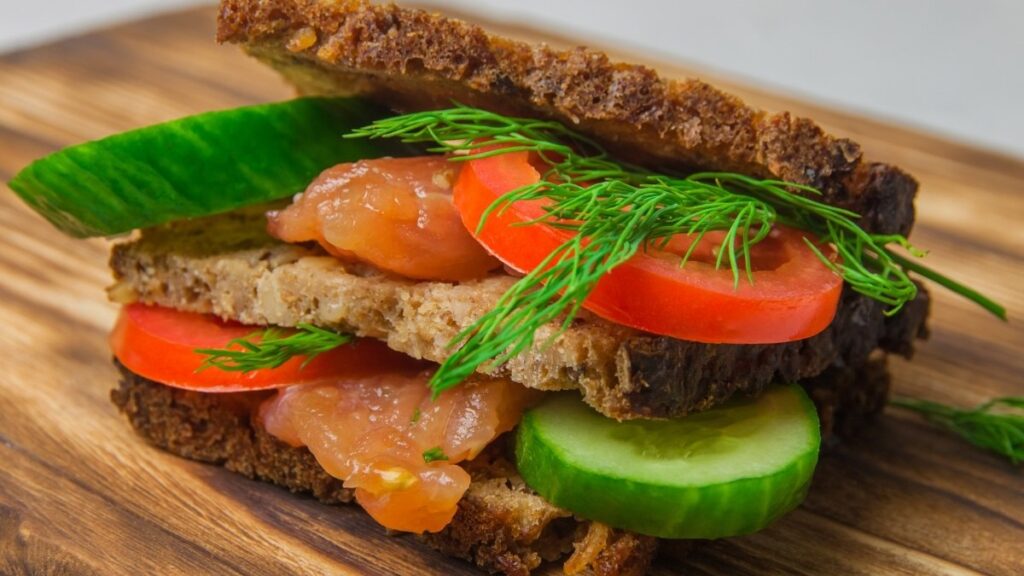
Key nutrients: High protein, healthy fats, fiber from whole grains, vitamin C from tomatoes.
Heart health: Avocado helps lower bad cholesterol. Chicken is lean and doesn't clog arteries.
Bone health: Whole grains have magnesium, which works with calcium to build bones.
Easy modification: Can't chew well? Remove the crust and cut into small squares.
2. Quinoa with Stir-Fried Vegetables

Protein: 15-20g (boost to 25g with added tofu or chicken)
Cook ¾ cup quinoa. Stir-fry your favorite vegetables: broccoli, carrots, snap peas, mushrooms. Add 3 ounces of cubed tofu or chicken. Season with low-sodium soy sauce and ginger.
Key nutrients: Complete protein from quinoa, fiber, vitamins A and C, iron.
Heart health: No saturated fat. Lots of fiber to lower cholesterol.
Bone health: Broccoli provides vitamin K and calcium.
Easy modification: Cook vegetables until very soft. Mash if needed.
3. Apple Coleslaw with Protein Addition
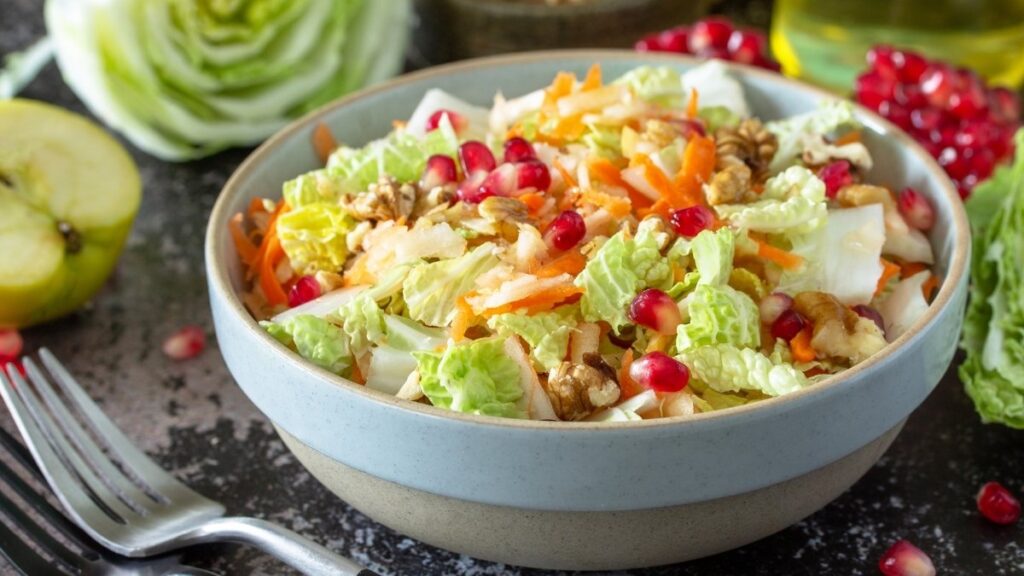
Protein: 18-20g
Take the apple coleslaw from breakfast (shredded cabbage, apple, Greek yogurt dressing). Add 3 ounces of grilled chicken or ½ cup of chickpeas.
Key nutrients: Probiotics from yogurt, fiber from cabbage and apple, vitamin C.
Heart health: Apples contain pectin, which lowers cholesterol.
Bone health: Yogurt delivers calcium.
Easy modification: Chop everything very fine. The dressing makes it moist and easy to swallow.
4. Black Bean and Sweet Potato Quesadillas

Protein: 18-22g
Mash ½ cup black beans. Mix with roasted sweet potato cubes. Add ¼ cup cheese. Fold in a whole-wheat tortilla and cook until golden.
Key nutrients: Fiber (keeps you regular), beta-carotene (protects your eyes), calcium, iron.
Heart health: Beans lower blood pressure. No bad fats.
Bone health: Cheese provides calcium. Beans have magnesium.
Easy modification: Cut into small triangles. The mashed filling is soft.
5. Sancocho Tuna Salad

Protein: 25-30g
Mix one can of tuna with diced tomatoes, cucumber, red onion, and bell peppers. Dress with lime juice and 1 tablespoon of olive oil. Serve over lettuce or with whole-grain crackers.
Key nutrients: Omega-3 fatty acids, vitamin D, selenium, B vitamins.
Heart health: Omega-3s reduce inflammation and protect your heart.
Bone health: Tuna contains vitamin D, which helps you absorb calcium.
Easy modification: Mash the tuna completely. Skip the crackers and serve as a soft salad.
6. Salmon Bowl with Brown Rice and Roasted Vegetables
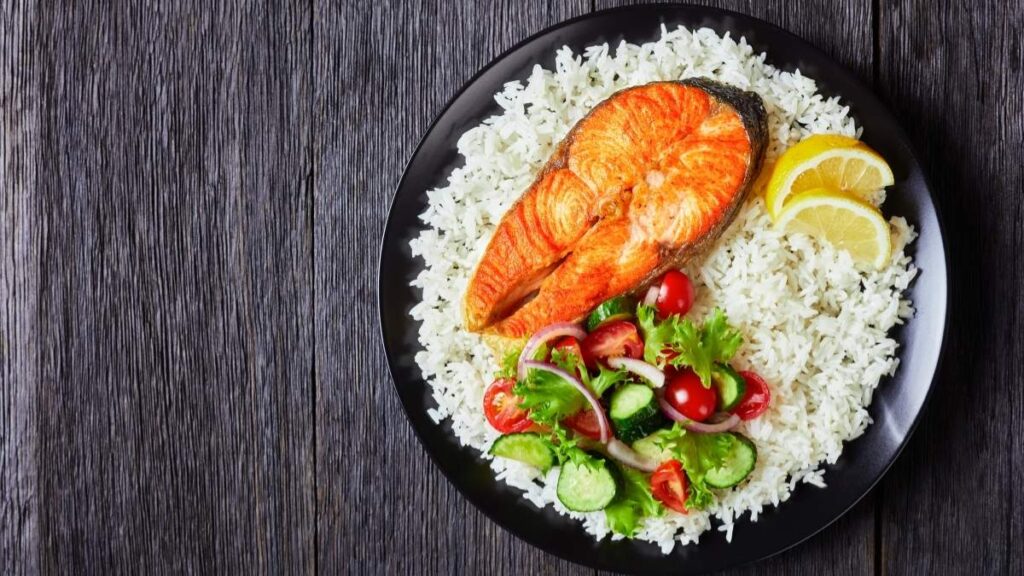
Protein: 28-32g
4 ounces of baked salmon over ½ cup cooked brown rice. Add roasted Brussels sprouts, carrots, and beets. Drizzle with lemon juice.
Key nutrients: Omega-3s, vitamin D, B vitamins, antioxidants from colorful vegetables.
Heart health: Salmon is one of the best foods for your heart. It reduces inflammation and keeps blood flowing smoothly.
Bone health: Salmon has vitamin D and small bones you can eat for extra calcium.
Easy modification: Flake the salmon into small pieces. Cook vegetables until very tender.
7. Lentil Soup with Whole-Grain Crackers

Protein: 18-22g
Make a big pot: 1 cup lentils, diced carrots, celery, onion, garlic, and low-sodium vegetable broth. Season with cumin and black pepper. Serve with 6 whole-grain crackers.
Key nutrients: Fiber (excellent for digestion), iron, folate, potassium.
Heart health: Lentils lower cholesterol and stabilize blood sugar.
Bone health: Provides magnesium and phosphorus.
Easy modification: Soup is naturally easy to swallow. Puree it for an even smoother texture.
8. Turkey and Hummus Wrap with Cucumber
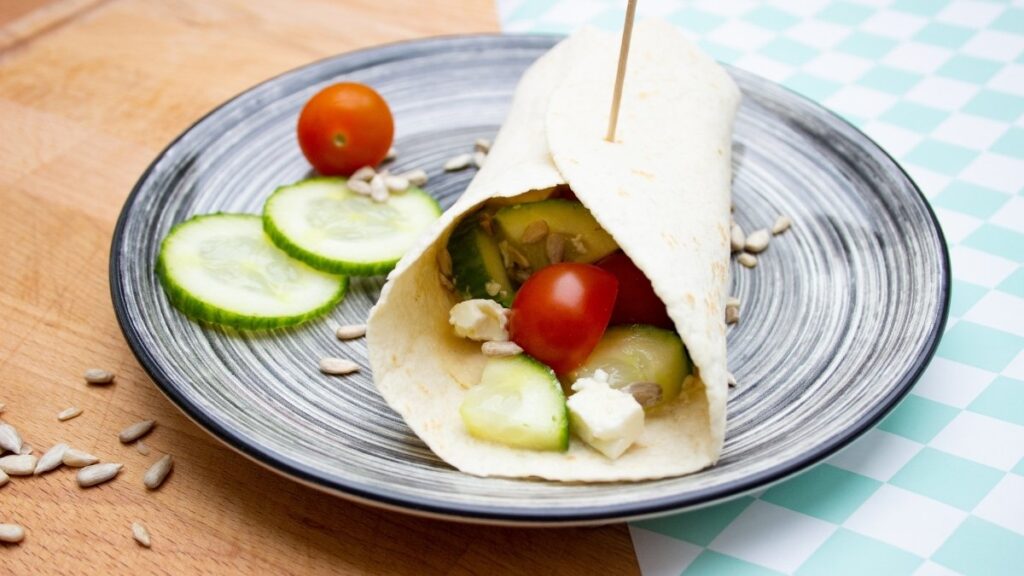
Protein: 22-26g
Spread 3 tablespoons of hummus on a whole-wheat tortilla. Add 3 ounces of sliced turkey, cucumber slices, and shredded lettuce. Roll it up.
Key nutrients: Lean protein, fiber, vitamin K, healthy fats from hummus.
Heart health: Turkey is lean. Hummus has olive oil and fiber.
Bone health: Hummus made from tahini provides calcium.
Easy modification: Skip the wrap. Eat the ingredients with a fork as a chopped salad.
9. Cottage Cheese with Berries and Walnuts
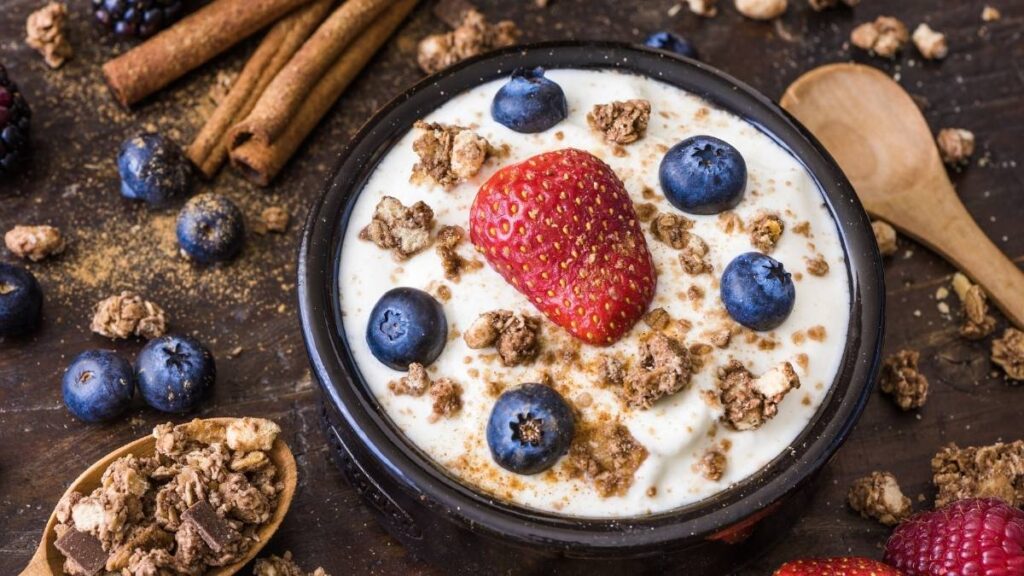
Protein: 24-28g
1 cup of cottage cheese topped with ½ cup of mixed berries and 2 tablespoons of chopped walnuts. Add a drizzle of honey if you like sweetness.
Key nutrients: Calcium, probiotics, antioxidants from berries, omega-3s from walnuts.
Heart health: Walnuts reduce bad cholesterol. Berries fight inflammation.
Bone health: Cottage cheese is loaded with calcium and protein for strong bones.
Easy modification: Already soft. Crush the walnuts finely if chewing is hard.
10. Mediterranean Chickpea Salad with Feta
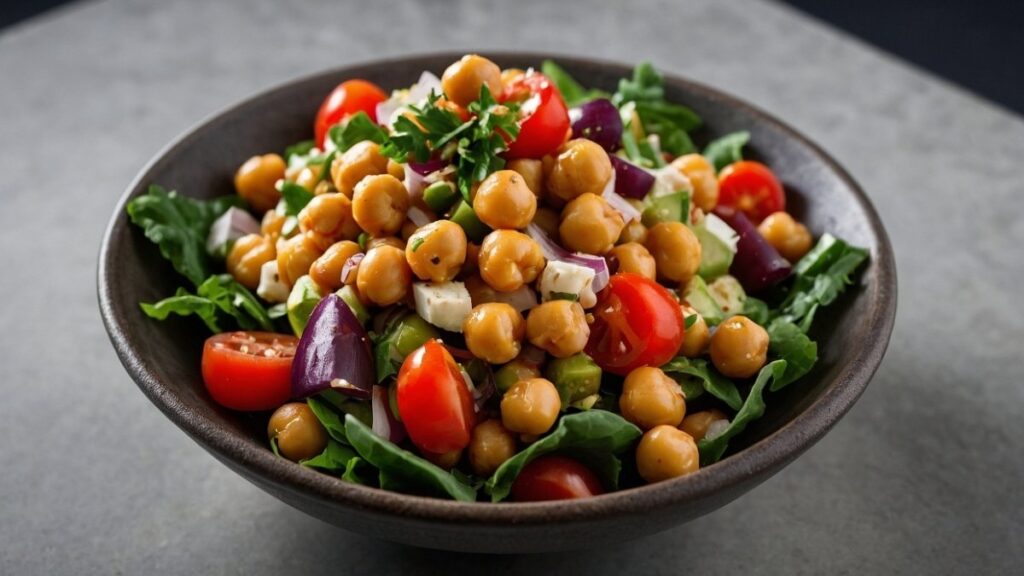
Protein: 18-22g
Mix 1 cup of chickpeas, diced cucumber, cherry tomatoes, red onion, and kalamata olives. Add ¼ cup crumbled feta cheese. Dress with olive oil, lemon juice, and oregano.
Key nutrients: Fiber, protein, calcium from feta, heart-healthy fats, antioxidants.
Heart health: Olive oil and chickpeas lower cholesterol. Olives provide healthy fats.
Bone health: Feta cheese delivers calcium.
Easy modification: Mash half the chickpeas for easier eating. Chop vegetables very small.
The Colorful Plate Rule:
Put 3-4 different colors on your plate for each meal. Can't slice fresh vegetables? Buy frozen, canned, or pre-cut. They have the same nutrients.
More colors mean more vitamins and minerals. Aim for red, green, orange, and purple in every meal.
How to Stay Hydrated When You Don't Feel Thirsty
Here's a scary fact: By the time you feel thirsty, you're already dehydrated.
Your body's thirst signal stops working well as you age. You might not feel thirsty even when you desperately need water.
Why this matters:
Men between 56-66 have trouble controlling body temperature. Dehydration makes this worse. You can overheat or get too cold without realizing it.
Dehydration causes falls, confusion, constipation, and kidney problems.
How much do you need?
Here's a simple formula: Take your weight in pounds. Divide by 3. That's how many ounces of water you need daily.
Example: You weigh 150 pounds. 150 ÷ 3 = 50 ounces. That's about 6 cups of water.
Or follow the standard recommendation: Men need 13 cups daily. Women need 9 cups.
Practical strategies that actually work:
1. Drink water when you take pills. Most seniors take medication daily. Use that as a reminder. Drink a full 8-ounce glass with every dose.
2. Have soup as a snack. A warm bowl of low-sodium broth counts toward your fluid goal. It's hydration you can eat.
3. Set phone alarms. Every 2 hours, your phone beeps. Take 3-4 sips of water. Small sips work better than chugging a whole glass, especially if you're over 80.
4. Keep water visible. Fill a water bottle in the morning. Keep it where you can see it. On the kitchen counter. Next to your chair. Seeing it reminds you to drink.
5. Flavor your water. Plain water is boring. Add lemon slices, cucumber, or a splash of 100% fruit juice. Make it something you want to drink.
6. Eat water-rich foods. Watermelon, cucumbers, oranges, and grapes are mostly water. They count toward your hydration goal.
The Sip Schedule:
Don't try to drink full 8-ounce glasses if you're over 80. It causes bloating and discomfort.
Instead, take 3-4 small sips every hour. Set a timer. Sip. Repeat. This adds up to enough fluid without overwhelming your stomach.
Your Simple Next Step
This isn't another complicated diet plan you'll quit in a week.
It's a nutrition framework built specifically for bodies over 65. The two-meal approach makes your life simpler while giving your body exactly what it needs.
Here's what matters:
Get 1.0-1.2 grams of protein for every kilogram you weigh. Every single day.
Eat breakfast within 1-2 hours of waking up. Don't skip it.
Drink 6-8 cups of fluids daily. Set reminders. Small sips count.
Take vitamin D, B12, and calcium. These three supplements fill the gaps.
Stop counting calories. Focus on nutrient-dense foods instead.
Start tomorrow morning.
Pick one breakfast from the list. Make it. Eat it. Notice how you feel.
Do this for one week. Just seven days.
Your body will respond. More energy. Better strength. Clearer thinking. Less fatigue.
You'll know this approach works because you'll feel the difference.
The food is the medicine. The plan is simple. The results are real.
Your turn to try it.

